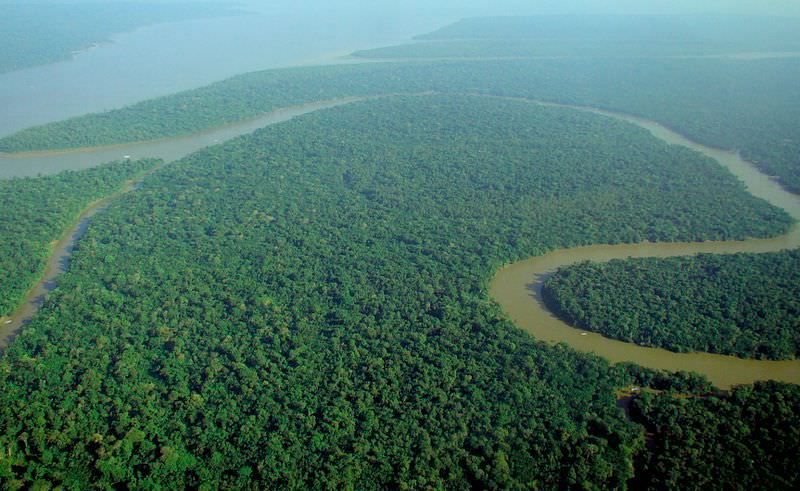UCI-led Study Examines Role of Plants, Trees in Global Transfer of Rainfall
Published on by Water Network Research, Official research team of The Water Network in Academic
Researchers at the University of California, Irvine and other institutions have identified an unexpected but major factor in this worldwide precipitation shift: the direct response of the forests themselves to higher levels of carbon dioxide.
Climate models predict that an increase in greenhouse gases will dry out the Amazon rainforest in the future while causing wetter conditions in the woodlands of Africa and Indonesia.
“People tend to think that most of the disruption will come from heat going into the oceans, which, in turn, will alter wind patterns,” said James Randerson, UCI’s Ralph J. & Carol M. Cicerone Chair in Earth System Science. “We have found that large-scale changes in rainfall can, in part, be attributed to the way tropical forests respond to the overabundance of carbon dioxide humans are emitting into the atmosphere, particularly over dense forests in the Amazon and across Asia.”

Aerial view of the Amazon Rainforest, Source: Wikimedia Commons, Labeled for Reuse
A new study led by former UCI postdoctoral scholar Gabriel Kooperman and published in Nature Climate Change, demonstrates that interactions between rainforests and rising CO2levels will contribute to an asymmetrical pattern of rainfall change across the tropics.
In many aspects of Earth system science, the local effects of environmental factors can impact faraway regions through their influence on the circulation and movement of moisture within the atmosphere. The UCI-led group predict a similar cascade of events, beginning with stomata, small structures on the underside of leaves that open and shut in order for plants to take in the CO2 they need to grow – and that also release water vapor.
When more CO2 is present, these orifices do not open as widely, which reduces the amount of water evaporated into the atmosphere. According to the researchers, this small process at the plant level, multiplied across the rainforest, will cause changes in the atmosphere, affecting the way winds blow and the flow of moisture coming from the ocean.
“In many tropical forest regions, the moisture supplied by transpiration, which connects water underground at the root level directly to the atmosphere as it is pulled up to the leaves, can contribute as much as moisture evaporated from the ocean that rains back down at a given location – which is normal rainforest recycling,” said Kooperman, now an assistant professor of geography and atmospheric sciences at the University of Georgia.
“But with higher CO2, trees and forests evaporate less moisture into the air, so fewer clouds are formed above the Amazon,” he said. “And rather than [joining with the usually abundant clouds and] raining over the forest, water vapor from the Atlantic Ocean blows across the South American continent to the Andes mountain range, where it comes down as rain on the mountain slopes, with limited benefit to the rainforest in the Amazon basin.”
Read full article: UCI
Paper: Forest response to rising CO2 drives zonally asymmetric rainfall change over tropical land
Media
Taxonomy
- Modeling
- Drought
- Climate Change
- Reforestation
- Climate Change Adaptation
- Climate Change Resilience
- Forest Ecosystems
- Forest Conservation
- Climate